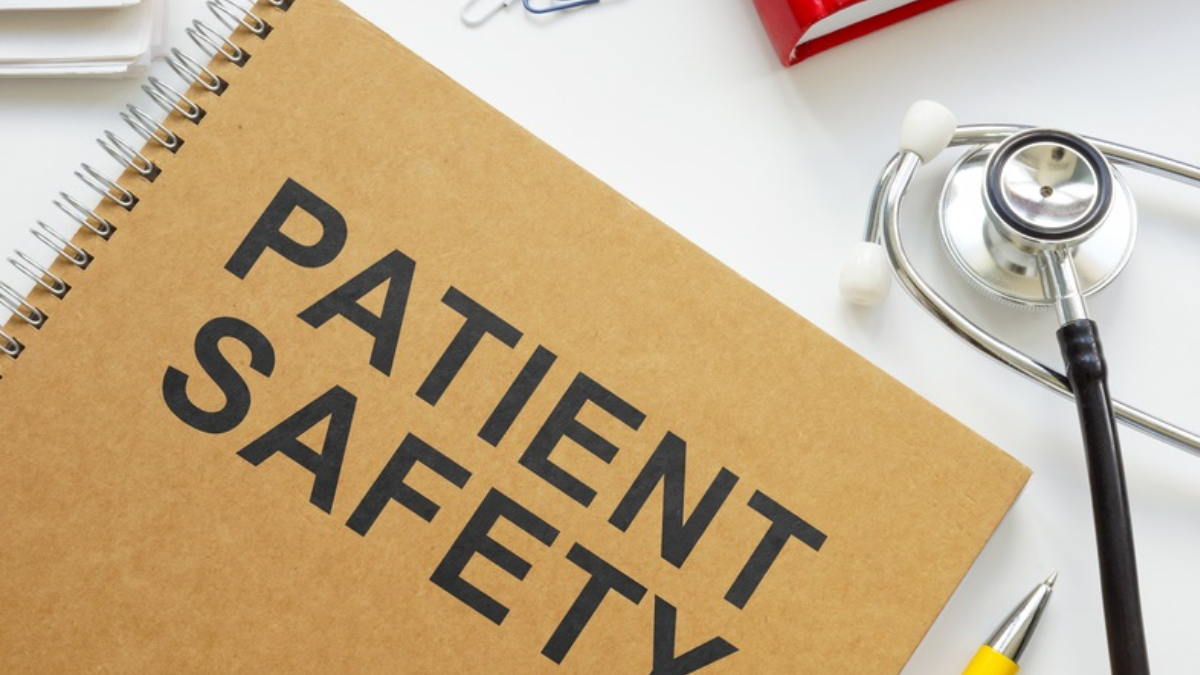Patient safety is a fundamental aspect of quality healthcare, directly impacting treatment outcomes, patient satisfaction, and public trust. Hospitals are complex environments where medical errors, infections, and procedural mistakes can have serious consequences. Prioritizing patient safety ensures that healthcare facilities deliver effective, reliable, and compassionate care while minimizing risks to patients. This article explores why patient safety should be a top priority in hospitals and how healthcare institutions can achieve it.
Reducing Medical Errors
Medical errors, such as incorrect medication administration, misdiagnoses, surgical mistakes, and procedural lapses, are significant threats to patient well-being. Hospitals that emphasize safety implement standardized protocols, double-check systems, and electronic health records to reduce errors. Ensuring accuracy in patient identification, medication prescriptions, and surgical procedures minimizes preventable harm and enhances overall healthcare quality.
Preventing Hospital-Acquired Infections
Hospital-acquired infections (HAIs) pose a serious risk to patients, especially those with weakened immune systems. Strict hygiene practices, sterilization of equipment, infection control protocols, and staff training are essential to prevent the spread of infections. Hospitals prioritizing patient safety maintain clean and sanitized environments, reducing the incidence of HAIs and improving recovery outcomes.
Enhancing Patient Trust and Confidence
Safety measures in hospitals build trust between patients and healthcare providers. When patients know that hospitals prioritize their well-being, they are more likely to follow treatment plans, attend follow-up appointments, and engage actively in their care. Trust fosters a positive patient experience, strengthens hospital reputation, and promotes long-term healthcare relationships.
Implementing Evidence-Based Practices
Hospitals focused on patient safety adopt evidence-based practices, clinical guidelines, and best practices across all departments. Standardizing procedures based on research and expert recommendations ensures consistent, high-quality care. Evidence-based protocols reduce variability in treatment, minimize errors, and improve patient outcomes.
Training and Educating Healthcare Professionals
Skilled and knowledgeable medical staff are essential for patient safety. Hospitals prioritize ongoing training, workshops, and certifications for doctors, nurses, and allied health professionals. Training programs emphasize safe medication administration, emergency response, surgical protocols, and communication skills, ensuring staff are equipped to handle complex and high-pressure situations.
Patient-Centered Safety Programs
Patient-centered safety programs involve educating patients about their care, encouraging active participation, and promoting open communication with medical staff. Hospitals implement tools such as patient identification bracelets, medication checklists, and discharge instructions to empower patients and reduce risks. Engaging patients in safety measures ensures a collaborative approach to healthcare.
Utilizing Advanced Technology
Hospitals are adopting advanced technology to enhance patient safety. Electronic health records, computerized physician order entry systems, automated medication dispensing, and AI-assisted diagnostics reduce human error. Monitoring devices, smart alarms, and telemedicine tools provide real-time oversight and early detection of complications, enabling timely interventions.
Continuous Monitoring and Quality Improvement
Hospitals focused on patient safety regularly monitor outcomes, track adverse events, and conduct internal audits. Quality improvement initiatives, root cause analyses, and feedback systems help identify areas for improvement and implement corrective measures. Continuous monitoring ensures that safety standards evolve with new challenges and medical advancements.
Legal and Ethical Responsibility
Hospitals have a legal and ethical duty to protect patients from harm. Prioritizing safety reduces liability, prevents malpractice claims, and ensures compliance with healthcare regulations. Ethical care emphasizes respect for patient rights, informed consent, and transparency in all medical procedures, reinforcing a culture of accountability and responsibility.
Conclusion
Patient safety is a non-negotiable aspect of modern healthcare. By reducing medical errors, preventing infections, adopting evidence-based practices, training staff, leveraging technology, and engaging patients, hospitals can create a safe and reliable environment. Prioritizing patient safety enhances treatment outcomes, builds trust, and establishes hospitals as centers of excellence. Ultimately, patient-centered safety is the foundation for quality care, operational efficiency, and sustainable healthcare delivery.
FAQs
Q1: What are the main threats to patient safety in hospitals?
Main threats include medical errors, hospital-acquired infections, misdiagnoses, procedural mistakes, and communication lapses.
Q2: How do hospitals prevent medical errors?
Hospitals use standardized protocols, electronic health records, double-check systems, staff training, and evidence-based practices to reduce errors.
Q3: Why is patient trust important in healthcare?
Patient trust ensures adherence to treatment plans, active participation in care, and positive experiences, which improve health outcomes.
Q4: How does technology improve patient safety?
Technology such as AI diagnostics, automated medication systems, and real-time monitoring reduces human error, enables timely interventions, and enhances overall care quality.
Q5: What role do patients play in their own safety?
Patients contribute by providing accurate medical history, asking questions, following care instructions, and actively participating in treatment decisions.

